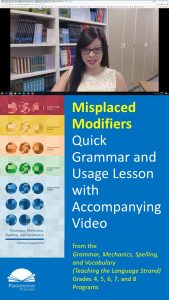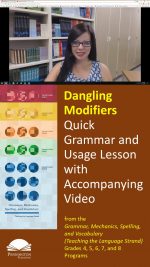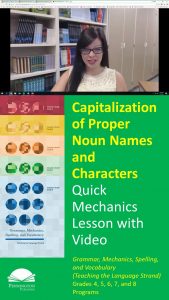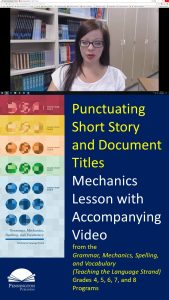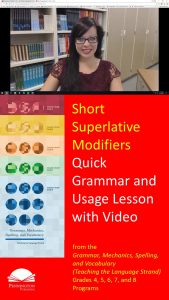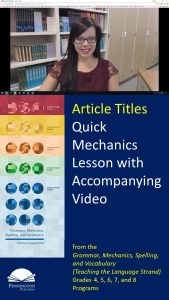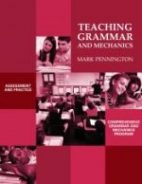Misplaced Modifiers
Misplaced Modifiers
Play the quick video lesson HERE and click the upper left back arrow to return to this lesson.
Common Core Language Standard 1
Sometimes we just have to use “big words” to communicate exactly what we want to say. The grammatical term, modify, is one of those “big words” that we need to learn to be able to talk about language. Modify means a variety of things, including to describe, to talk about, to identify, to limit, to change, to add, and to restrict.
Today’s grammar and usage lesson is on misplaced modifiers. Remember that an adjective modifies a noun or pronoun and answers Which one? How many? or What kind? An adverb modifies a verb, an adjective, or an adverb and answers What degree? How? Where? or When?
Now let’s read the grammar and usage lesson and study the examples.
A misplaced modifier modifies something that the writer does not intend to modify because of its placement in the sentence. Place modifiers close to the words that they modify. Examples: I drank only water; I only drank water. In these sentences only is the modifier. These sentences have two different meanings. The first means that I drank nothing but water. The second means that all I did with the water was to drink it.
Now circle or highlight what is right and revise what is wrong according to grammar and usage lesson.
Practice: I dusted always on Tuesdays. No one else did that chore.
Let’s check the Practice Answers.
Grammar and Usage Practice Answers: I always dusted on Tuesdays. No one else did that chore.
Now let’s apply what we have learned.
Writing Application: Write two of your own sentences: the first with a misplaced adjective modifier and the second with that adjective modifier placed properly within the sentence.
*****

Pennington Publishing Grammar Programs
Teaching Grammar, Usage, and Mechanics (Grades 4, 5, 6, 7, 8, and High School) are full-year, traditional, grade-level grammar, usage, and mechanics programs with plenty of remedial practice to help students catch up while they keep up with grade-level standards. Twice-per-week, 30-minute, no prep lessons in print or interactive Google slides with a fun secret agent theme. Simple sentence diagrams, mentor texts, video lessons, sentence dictations. Plenty of practice in the writing context. Includes biweekly tests and a final exam.
Grammar, Usage, and Mechanics Interactive Notebook (Grades 4‒8) is a full-year, no prep interactive notebook without all the mess. Twice-per-week, 30-minute, no prep grammar, usage, and mechanics lessons, formatted in Cornell Notes with cartoon response, writing application, 3D graphic organizers (easy cut and paste foldables), and great resource links. No need to create a teacher INB for student make-up work—it’s done for you! Plus, get remedial worksheets, biweekly tests, and a final exam.
Syntax in Reading and Writing is a function-based, sentence level syntax program, designed to build reading comprehension and increase writing sophistication. The 18 parts of speech, phrases, and clauses lessons are each leveled from basic (elementary) to advanced (middle and high school) and feature 5 lesson components (10–15 minutes each): 1. Learn It! 2. Identify It! 3. Explain It! (analysis of challenging sentences) 4. Revise It! (kernel sentences, sentence expansion, syntactic manipulation) 5. Create It! (Short writing application with the syntactic focus in different genre).
Get the Diagnostic Grammar, Usage, and Mechanics Assessments, Matrix, and Final Exam FREE Resource:
![]()
